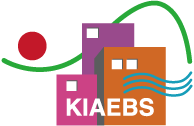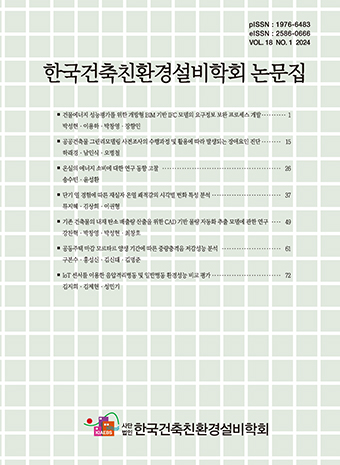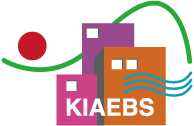Short Communication
Abstract
References
Information
Armstrong, P.R., Leeb, S.B., Norford, L.K. (2006). Control with building mass - part I: thermal response model. In: Paper presented at the ASHRAE, 2006. Winter Meeting of the American Society of Heating, Refrigerating and Air-Conditioning Engineers, Chicago, IL, 21-25 January 2006, 112 (part 1), 449-461.
Braun, J.E. (1990). Reducing energy costs and peak electrical demand through optimal control of building thermal storage. In: Paper presented at the ASHRAE, 1990. Annual Meeting of the American Society of Heating, Refrigerating and Air-Conditioning Engineers, Technical and Symposium Papers, St. Louis, MO, USA, 10-13 June 1990, (pt 2) 876-888.
Kolokotsa, D., Kalaitzakis, K., Antonidakis, E., Stavrakakis, G.S. (2002). Interconnecting smart card system with PLC controller in a local operating network to form a distributed energy management and control system for buildings. Energy Conversion and Management, 43(1), 119-134.
10.1016/S0196-8904(01)00013-9- Publisher :Korean Institute of Architectural Sustainable Environment and Building Systems
- Publisher(Ko) :한국건축친환경설비학회
- Journal Title :Journal of Korean Institute of Architectural Sustainable Environment and Building Systems
- Journal Title(Ko) :한국건축친환경설비학회논문집
- Volume : 12
- No :5
- Pages :469-486
- Received Date : 2018-07-24
- Revised Date : 2018-10-17
- Accepted Date : 2018-10-20
- DOI :https://doi.org/10.22696/jkiaebs.20180039




 Journal of Korean Institute of Architectural Sustainable Environment and Building Systems
Journal of Korean Institute of Architectural Sustainable Environment and Building Systems








